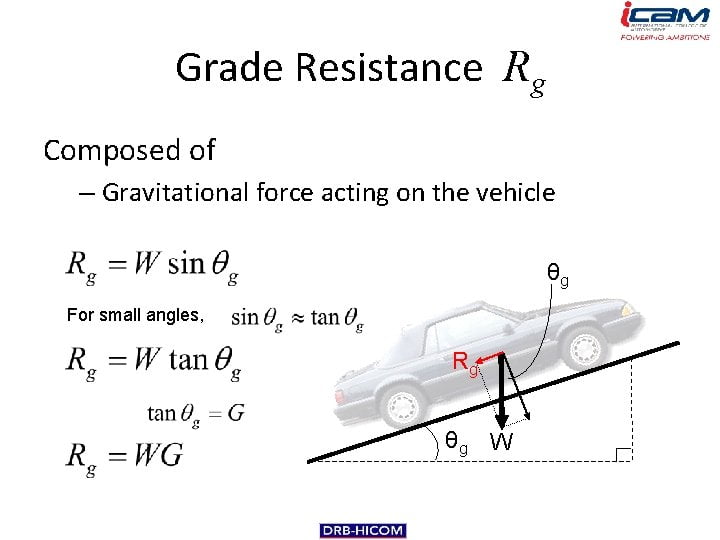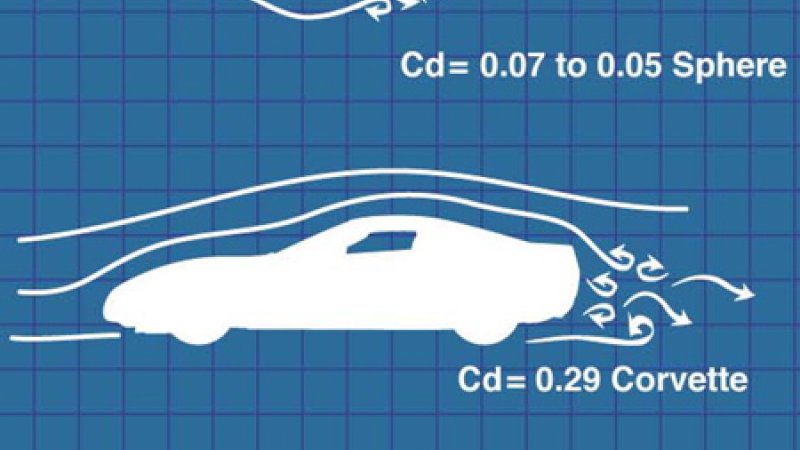We are back, as always, with another automobile technology-related theme for you. We try to take complex topics related to the engines or vehicles and try to make it simple for the readers so that you can get to you how everything works in a car without having to take deep lessons on the topic. This time around as well, we are here with another simple-looking, but a bit complex topic. This article will include topics like power, torque and types of resistances in a vehicle. But before moving on, do check out our other previously covered topics too.
Also read: What is engine knock and its consequences? How to prevent it?

Resistance
When we drive our cars on the roads, there are various types of resistances that pose a hindrance to the motion of the vehicle. The engine of a car must provide power and torque higher than the resistive forces to overcome these and enable the movement of the vehicle. Bearing this simple logic in mind, let us try to discover, what are the kinds of resistive forces on a car.
Rolling Resistance
Rolling resistance comes into play during the movement of the vehicle. See, the way to understand it is that neither the road nor the tyres of the car are rigid. Therefore, there are resistive forces in play due to friction between the road and the tyres. Also, if the tyre is worn out and the threads are gone, the surface area with the road increases. This leads to an increase in resistance also. Therefore, the new tyres have deep threads which provide proper grip and less resistance to the flow of the motion of the vehicle. Also, if the tyre is deflated, the amount of work done to roll it increases manifold.
Also read: Types of ignitions – Spark, Compression, HCCI and SPCCI Ignition!
This increases the resistance and you must’ve experienced this yourself that when you are running on a flat tyre, it takes too many efforts from the engine to propel the car forward. Thirdly, the type of surface of the road also plays an important role in generating resistance to the motion. When you are on a dirt track, the resistance is very high and you can’t really gain speed. But when the road is properly mettled and smooth, the resistance to the motion of the vehicle is restricted. This is what refers to as rolling resistance.
Also read: How does On Board Diagnostics (OBD) function?
Air/Drag Resistance
This is a type of resistance that comes into effect when the vehicle is in motion. When the car moves in any direction, it passes through the molecules of air. Now, we, of course, don’t see it but the atmosphere around us has air particles suspended everywhere. The motion of the vehicle causes them to move and they offer resistance to the motion of the car. This also depends on the speed of the car. The faster you go, the higher the resistance offered by the air in the opposite direction. That is the reason why vehicles accelerate faster at low speeds but as the speeds increase, there is higher resistance offered by the air for the car to overcome. It takes a lot more power and time to reach from 100 – 200 kph as compared to 0 – 100 kph.
Also read: What are Catalytic Converters? How do they reduce emissions?

Air or Drag resistance is the reason and logical explanation. Also, the air resistance depends on the front area of the vehicle that is directly exposed to the air. When sports cars say that they are aerodynamically optimized, it means that the design of the vehicle is such that the drag resistance on the car will be minimum. This is done by reducing the front area of the car as well as shaping the body of the car so as to create a downforce and not let turbulence build up around the car. That is the rear for rear spoilers and vents around the cars as well. This is something that every one of you must’ve seen in sports or performance cars.
Gradient Resistance
This third kind of resistance is a result of the motion of the vehicle on the slopes. We all must have experienced this while driving on incline slopes in the mountains. The weight of the car has a component of force in the backward direction. This force keeps pulling the vehicle back when climbing the mountains. The magnitude of the force depends on the angle/incline of the slope. The higher the slope, the higher the resistive force to the motion of the car. The higher of resistive force, the more power and torque required by the vehicle to overcome these forces. That is the reason why cars go slow on the mountains.
Also read: What are Variable Valve Timing and Lift? How do they affect performance and efficiency?
These are the types of resistances experienced by the vehicle during regular operation. The power and torque produced by the vehicles are used to overcome these forces and make the car move forward/backward.
Power
These are the two terms that you must’ve heard very frequently while describing the output of an engine. Power refers to the amount of work done by the engine in a particular amount of time. To put it simply, if the horsepower of the car is higher, that means the car will accelerate faster as the work is done will be higher. However, if the power output of a car is low, it will accelerate slower. It is important to notice here that both vehicles will reach the 100 kph speed eventually. It is just that the car with the higher power output will reach there faster.
Also read: Types of Turbochargers – VGT, Twin-Scroll, Twin Turbo, Sequential, E-Turbo!
Torque
Torque is another name of force applied perpendicular to something. This refers to the amount of force applied to the piston of the car as a result of the combustion process. This force is applied on the crankshaft of the vehicle to which the wheels/drive axle is mounted. This means that during the starting of the vehicle, a higher amount of force is experienced by the wheels if the torque output is higher. These toque and power figures are further manipulated by the application of transmission systems/gears.
Also read: What are engine remapping, calibration and tuning? Should you remap your car?
Every RPM point of an engine has a particular amount of power and torque output. This means that there are only two points in the entire RPM range of an engine where power and torque are maximum. Therefore, the aim of the transmission is to try to keep the vehicle around that region so as to maximize performance or fuel-efficiency. Mileage and performance aspects of the engine are situated at different RPMs in the range and the way you drive your car will determine in which region of the RPM range do you generally find yourselves. For instance, if you always drive fast and RPMs are higher, you will have to part way with fuel efficiency. However, if you are gentle on the throttle and the RPMs are not high, then you will achieve the best mileage.
These are various aspects of engines that one must know to get the maximum out of your vehicle. We hope that you were able to learn something more and new with this article and have a little better understanding of the machines we all love, the automobiles. If you are interested in learning more about the technical aspects of automobiles, do read up on our automobile technology segment on the Car Blog India website.
Also read: Types of clutches – Wet, Dry, Single-plate and Multi-plate – Pros and Cons of each!
The post How Do Power And Torque Overcome Types Of Resistances In A Vehicle? appeared first on Car Blog India.
from Car Blog India https://bit.ly/3ddCqeQ
Comments
Post a Comment